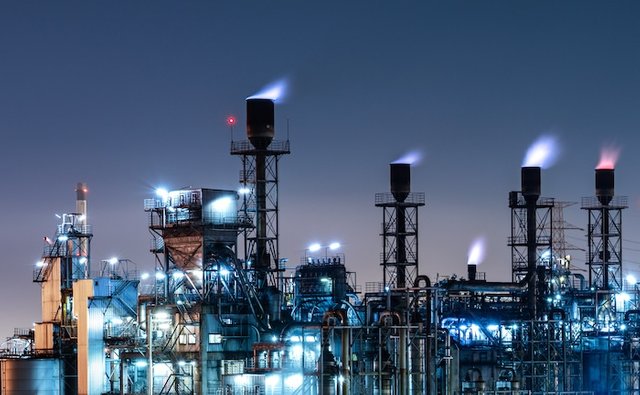The Price of Gas Has Been Rising Since August, Can We Expect This Trend to Continue?

The natural gas market has faced significant turbulence recently due to several factors, most notably extreme weather conditions such as Hurricane Debby, which disrupted utility service and damaged infrastructure in much of the East Coast. These disruptions led to problems in the distribution of natural gas, which may have limited supplies and temporarily increased prices. In addition, ongoing regulatory changes and changes in production and consumption patterns have introduced further complications into market dynamics. Investors around the world are now interested in how they can take advantage of this situation. Will the price continue to rise or are we seeing only a short-term correction?
Demand dynamics
The Energy Information Administration (EIA) reports a significant increase in natural gas consumption, with the power sector seeing a 13% increase for July over June due to warmer than normal temperatures across much of the United States. This increase is primarily due to increased use of air conditioning during heat waves, indicating the direct impact of weather conditions on natural gas demand. Despite this sharp increase, the EIA projects a decline in energy sector demand in August as temperatures are expected to normalize. This expected reduction in demand could lead to market price adjustments and require strategic changes for investors and energy companies seeking to optimize their positions in this market.
##Production and supply
Although total natural gas production fell slightly by 0.3 bcf/d in early August, production levels remain close to the peaks seen since March, indicating a relatively stable supply situation. However, this stability is uncertain as it is susceptible to rapid changes caused by external factors such as the aforementioned adverse weather events or significant regulatory adjustments. In addition, there has been a slight decline in natural gas deliveries to LNG export terminals, which has implications for the international supply chain in the US natural gas market. This reduction could affect the ability of the US to meet international demand and affect global natural gas prices.
Regulatory and environmental aspects
The natural gas industry is currently navigating a complex regulatory environment, highlighted by recent court cases such as the D.C. Court of Appeals decision. Circuit's reversal of FERC's approval of a major natural gas pipeline project. This decision reflects broader regulatory uncertainty that could affect future infrastructure projects and expansion in this sector. In addition, ongoing litigation regarding LNG export regulations, particularly the DOE's appeal to reinstate expansion halted by court decisions, adds another layer of uncertainty. These regulatory challenges underscore the potential risks to investors and stakeholders in the natural gas market, as they could delay or even halt critical projects that are necessary to meet domestic and international demand for natural gas.
The technical side of the price
In terms of technical price parameters, it can currently be seen that the price of the September natural gas Futures contracts has indeed outperformed the bearish market structures, but these are only the internal ones, while the external ones continue to prove the bearish trend in this market. Corrections are an inevitable part of price fluctuations and investors need to keep this in mind. Fundamentals have made a positive wave this month, but as we have written the situation should cool down again, which directly corresponds with the price itself.

Chart 1: Gas price development on a daily timeframe
The internal bullish structure still has the potential to rise to approximately the Premium boundary marked by the Fibonacci level of 0.5. If the price does get there, it would mean a rebalancing of the previous impulsive move, and an opportunity for commercial market participants to sell at relatively high prices. If the price at these levels does not respect the bearish parameters and, on the contrary, the external structures are closed as well, only then will we be able to say that the price is in an external bullish trend, which may last for a longer period of time.
Conclusion
Investors and stakeholders in the natural gas market are currently having to navigate an environment that is marked by significant regulatory, environmental and market challenges. Paying attention to ongoing changes in consumption patterns, supply stability and the regulatory environment will be critical to making sound investment decisions. Complementing the fundamental aspects with technical ones, we will have to wait to label gas bullish.